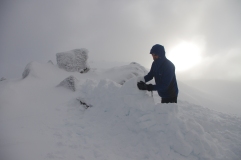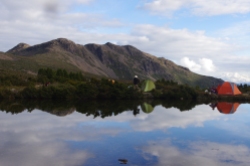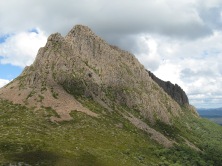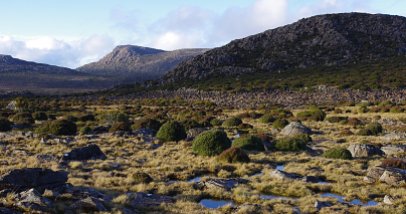From the Great Forest National Park:
“There has been a little snow falling up on the Baw Baws recently. This tranquil spot called the montane fens is the headwaters of the largest water supply to Melbourne – the Thomson river. And over the next few days we’ll follow this river to your kitchen.
This relatively small stream emerges from a large soaking fen, alive with frogs and birds. But once upon a time this place wasn’t safe and was set to be logged. After a strong battle, in 2008, this unique ecosystem was finally recognised as a site of significance, named a ‘montane fen’ and logging was stopped from ring barking it’s surrounds due to the efforts of scientists and conservationists. This campaign took three years and in securing this spot we also saved the IUCN Red List of Threatened Species critically-endangered Baw Baw Frog.
We must give a big shout out to campaign and science leaders Professor Jean-Marc Hero, Dr Chris Taylor, Sarah Rees, @wilderness_aus, amphibian citizen-scientist David Black, Dr Greg Hollis and all the Zoos of Australia that backed the conservation efforts. Special thanks to folks that gathered on the steps of Parliament, signed petitions and wrote to MPs. Gratitude to Liberal ex-MP Phil Honeywood for raising it in parliament and thanks to Labor ex-MLC Gavin Jennings for delivering its final protection last year in a second conservation covenant under the Immediate Protection Areas.
You can walk the fens in a short circuit and there are some stunning picnic spots just waiting for you as soon as the lockdown is lifted”.
Photo: ChrisTaylor
https://www.facebook.com/ChrisTaylorEnviroPhotography/
You can follow the journey from the headwaters to the city via the Great Forest National Park facebook page in coming days.
You can find out more about the proposal for the Great Forest National Park here.



































































Recent Comments